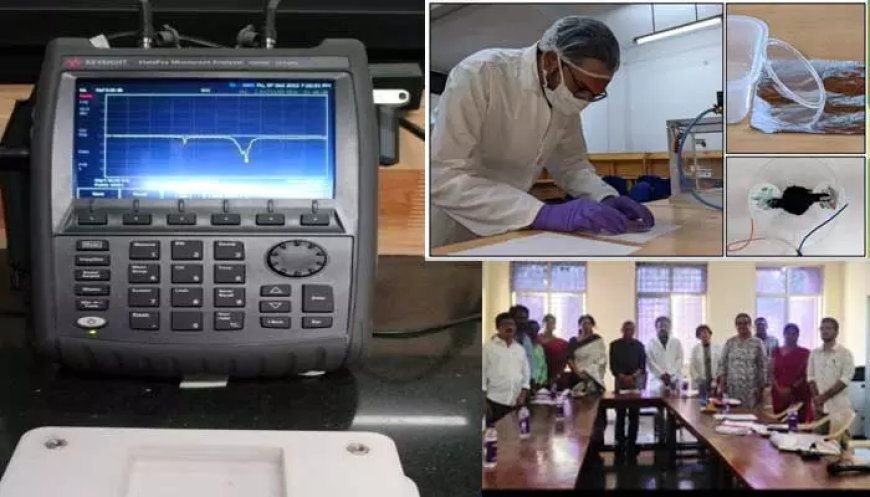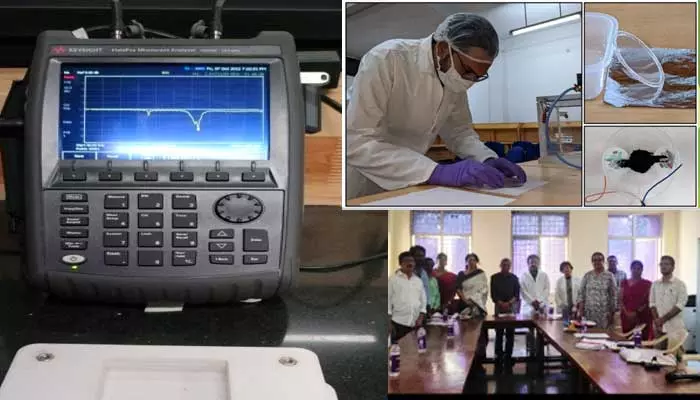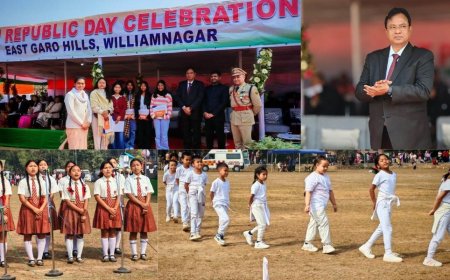TCS Grant Winners And Their Maximum Impact
Chennai: When TCS established the FC Kohli Center on Intelligent Systems as an umbrella organization at IIIT Hyderabad in 2015 to strengthen the existing research groups at IIITH and facilitate new activities in IT-related areas, it also set up an endowment to fund and drive ambitious research projects with high impact and long-term relevance. To select deserving projects, a Kohli Challenge Proposal (KCP) Scheme was launched. The selection process itself underwent multiple rounds of scrutiny both by internal and external evaluators based on set parameters but not limited to innovation factors, social impact potential, applied AI, spin-off potential and system complexities. There were three projects that received full funding support; the creation of DEA (Dielectric Elastometric Actuator) birds or bird-like drones, the development of technologies and prototypes for various healthcare applications and the design of an AI-incorporated RF bio-sensor based prototype. Research grants typically assist not only the immediate projects they are meant to fund but also have a significant impact by spawning other associated areas of research. Here’s how. Mission Parikshit One of the first projects that Dr. Abhishek Srivastava, Principal Investigator and Dr. Anshu Sarje embarked upon as part of Mission Parikshit was the development of a low-cost, reliable, and fast hand-held pediatric pneumonia detector. As a multidisciplinary project, it involved circuits, sensors, computational and clinical aspects. In addition to this, the team also worked on the development of a lung sound analyzer, fall detection and location monitoring of factory workers, elderly fall detection and daily monitoring of life activities, an integrated vital measurement system that includes temperature, SpO2, BP, Heart rate, lung sound analysis, and Electrochemical Impedance Spectroscopy (EIS)-based protein analysis, gas sensor and analyser for preventing health hazards, non-contact breath rate and heart rate monitor using a radar sensor, and nano rods-based biosensors for protein sensing. According to the researchers, the grant was instrumental in the setting up of a chip-characterization lab with state-of-the-art equipment. “These facilities did not exist in IIITH previously. Now this lab’s equipment is being used in different projects by different groups and also by other institutes,” states Dr. Srivastava. Besides this, an electronic system design and an electronic design automation (EDA) lab facilities were also launched. These are tools that are essential in carrying out state-of-the-art research activities in the VLSI area. Some of the equipment and tools that were procured via the grant include a mixed signal oscilloscope, a data acquisition system, an oven for sensor fabrication, a 3D printer, consumable items like micro-controllers, sensors, and more. “For the first time in the history of IIITH, we could conduct a tapeout – a significant milestone in the production of Integrated Circuits (ICs). With tapeouts, we now have a chance to submit our research work in the top conferences and journals,” says Dr. Srivastava. The newly developed facilities have empowered both students and researchers, fostering an environment of innovation and high-quality research and helped in accelerating the Center for VLSI and Embedded System Technologies’ (CVEST) progress. It is evident in other funding that they were able to attract such as 23 lakhs from DST under the Technology Development Program where the prototype that was developed helped in the proposal of worker safety devices, 3.12 crore from MeiTy under the Chip-to-Startup program to build chips and systems for healthcare and security applications using radar sensing, 26 lakhs from iHub-Data to develop systems improving commuters’ health and road safety, and 12 crore from DST under the Promotion of University Research and Scientific Excellence (PURSE) program which aided in the development of chip characterization and circuit measurement facilities. “We have a number of on-going research work such as the development of neonatal heart and breath rate sensing, synthesizing proteins and antibodies for lab testing, integrating additional features such as blood pressure and respiratory rate into the RESPIRE device, noise reduction in lung sound capture, clinical trials and approval efforts, improving packaging and form factors, etc,” says Dr. Srivastava. RF Biosensor The objective of this project was to design an AI incorporated biosensor prototype to detect the presence of specific biosamples, and also to design and fabricate dedicated low power CMOS Integrated Circuits. The latter was meant to process the sensed output along with protocols, supportive hardware and their integration. “To conduct a good VLSI circuit design research, you need a design lab which is well equipped with state-of-the-art EDA tools, high-end servers to run heavy simulations, various develop


Chennai: When TCS established the FC Kohli Center on Intelligent Systems as an umbrella organization at IIIT Hyderabad in 2015 to strengthen the existing research groups at IIITH and facilitate new activities in IT-related areas, it also set up an endowment to fund and drive ambitious research projects with high impact and long-term relevance. To select deserving projects, a Kohli Challenge Proposal (KCP) Scheme was launched. The selection process itself underwent multiple rounds of scrutiny both by internal and external evaluators based on set parameters but not limited to innovation factors, social impact potential, applied AI, spin-off potential and system complexities. There were three projects that received full funding support; the creation of DEA (Dielectric Elastometric Actuator) birds or bird-like drones, the development of technologies and prototypes for various healthcare applications and the design of an AI-incorporated RF bio-sensor based prototype. Research grants typically assist not only the immediate projects they are meant to fund but also have a significant impact by spawning other associated areas of research. Here’s how.






































